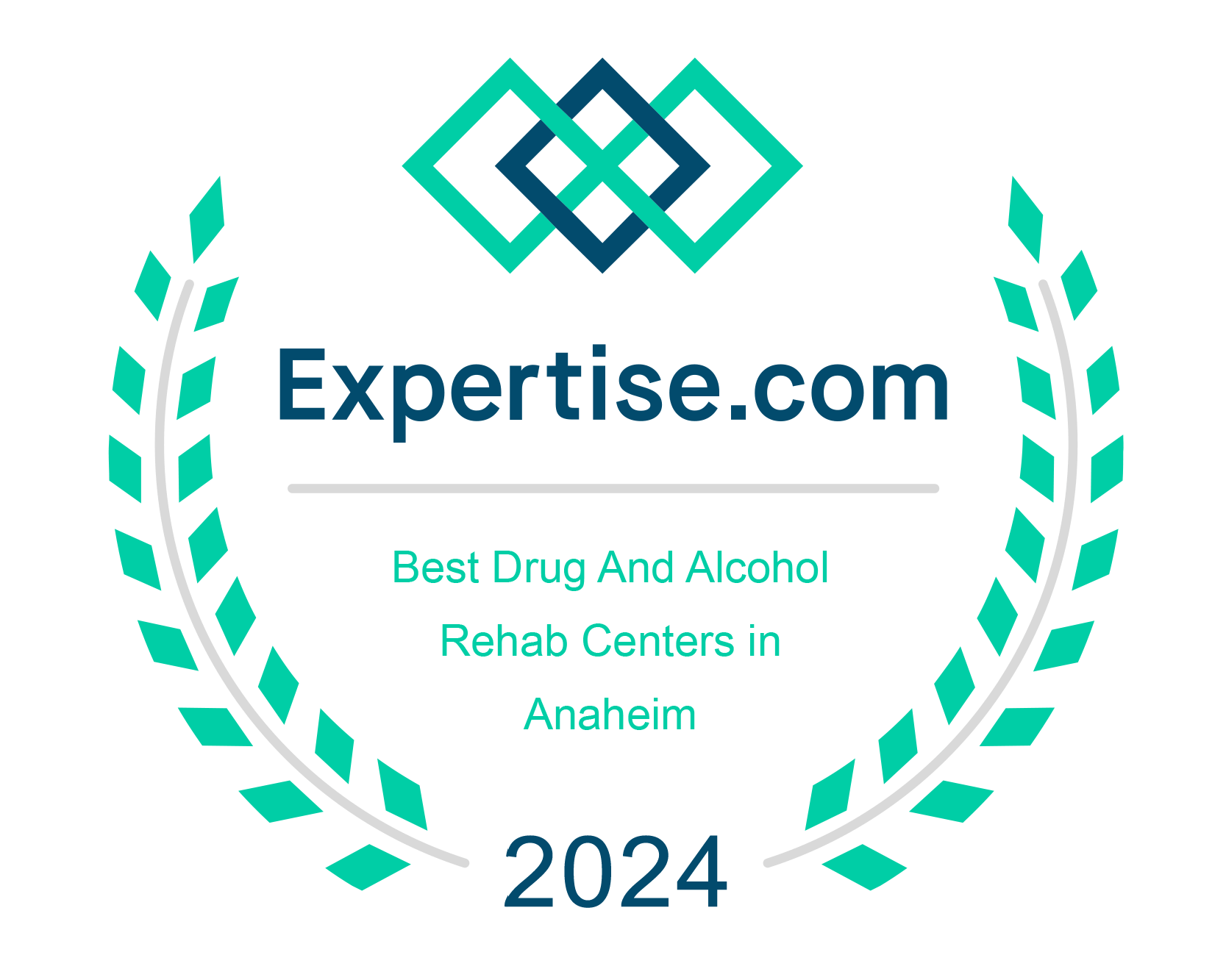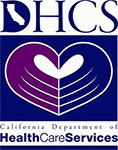The alarming rise in drug overdoses, particularly those involving fentanyl, looms large over college campuses across the United States. This crisis, fueled by the proliferation of a substance up to 50 times more potent than heroin, demands immediate attention and action from all segments of society. As reports from reputable sources like NPR and KPBS highlight, the issue is not just growing— it’s evolving, with fentanyl finding its way into an array of illicit drugs, often without the user’s knowledge. This dangerous reality poses unprecedented risks to college students, a demographic traditionally in the prime of their lives but now increasingly vulnerable to the lethal threat of accidental overdoses.
Tackling Mental Health and Loneliness Among College Students: The Link to Prescription Drug Misuse
The rising mental health crisis, characterized by increasing loneliness and isolation among college students, significantly impacts their well-being. Academic pressures, social challenges, and the journey to independence often fuel feelings of loneliness, affecting students’ mental health and leading them to misuse prescription drugs like Xanax.
Driven by loneliness, students frequently turn to prescription medications for relief, acquiring them through social media platforms. This approach to obtaining drugs introduces a critical risk: the possibility of substances being laced with fentanyl. The anonymous nature and lack of oversight in online drug sourcing escalate the danger, exposing students trying to alleviate isolation or anxiety to potentially fatal risks.
Effectively combating loneliness and its associated dangers among college students demands a united effort. Colleges need to equip students with strong mental health resources, create a supportive campus atmosphere, and directly confront the hazards of prescription drug misuse. By taking these steps, educational institutions can guide students through their academic and personal lives more securely and successfully.
The Rising Tide of Overdoses
Recent investigations reveal a disturbing escalation in fentanyl-related incidents across college campuses, signaling an urgent public health crisis. Fentanyl’s insidious nature lies in its extreme potency—up to 50 times stronger than heroin—and its ability to mix undetected with other substances. This lethal combination significantly increases the risk of accidental overdoses among young adults, many of whom are unaware of the drug’s presence in what they consume.
This rising tide of overdoses is not just a series of isolated incidents but a sweeping epidemic that poses a severe threat to our youth. The potency of fentanyl means even minute quantities can prove fatal, turning experimentation or occasional use into a deadly gamble. As fentanyl finds its way into a broader array of substances, from pills masquerading as prescription medication to powders and party drugs, the challenge of safeguarding young adults becomes even more daunting.
The stories emerging from college campuses are heart-wrenching, with each overdose statistic representing a life lost too soon. Behind these numbers are real people: students with dreams and aspirations, families left to mourn, and communities forced to confront the devastating impact of this crisis. These losses ripple through universities, highlighting the critical need for comprehensive strategies that include education, prevention, and ready access to lifesaving interventions like naloxone.
Understanding the scale and impact of fentanyl on college campuses is the first step in combating its spread. It’s a clarion call for action to educators, policymakers, health professionals, and communities to unite in efforts to educate young adults about the risks of fentanyl and equip them with the knowledge and tools they need to protect themselves and their peers from this escalating threat.
Proactive Narcan Distribution: A Vital Response to the Fentanyl and Border Crisis
The direct link between the fentanyl crisis and border challenges necessitates urgent action: making Narcan (naloxone) freely available, especially to young adults. This life-saving medication, capable of reversing opioid overdoses, must become as accessible as possible to combat the deadly wave of fentanyl overdoses on college campuses. In response, states like California have led the charge, significantly increasing Narcan’s presence in educational environments. This move is a key part of a harm reduction strategy, recognizing the immediate need for life-saving interventions.
The goal is clear: Narcan should be available to anyone walking into a pharmacy, without any barriers or questions. This approach not only removes the stigma around obtaining Narcan but also emphasizes the community’s crucial role in preventing opioid-related deaths. With the fentanyl crisis reflecting broader border security issues, ensuring free Narcan access highlights our collective duty to shield our youth from opioid dangers.
By prioritizing the widespread and cost-free distribution of Narcan, we are not addressing the complex challenges of the opioid epidemic, but we are saving the lives affected by it. This effort is essential in a strategy that aims to reduce the devastating effects of opioid misuse and secure a safer future for our communities.
The Role of Education and Awareness
Preventing fentanyl overdoses among college students requires a multifaceted approach, with education and awareness at its core. It’s essential to demystify the dangers of drug use, providing clear, accurate information about the risks associated with fentanyl. This includes understanding how to recognize the signs of an overdose and knowing the steps to take to save a life. Such knowledge is not just power—it’s a potential lifeline.
A Call to Collective Action
The fight against the fentanyl crisis on college campuses is not one that can be waged by institutions alone. It requires a collective effort that includes students, parents, educators, health professionals, and policymakers. By fostering open dialogues, sharing resources, and supporting harm reduction strategies, we can create an environment where students are not only educated about the risks of fentanyl but also empowered to make safer choices.
Navigating Forward
As we navigate this complex and challenging landscape, the importance of compassion, understanding, and resilience cannot be overstated. The road ahead is fraught with obstacles, but it is also lined with opportunities for change. By coming together as a community, we can confront the fentanyl crisis head-on, safeguarding the health and well-being of college students for generations to come.
The fentanyl crisis is a stark reminder of the work that remains to be done in addressing substance abuse and addiction. Yet, in the face of adversity, there lies the chance to make a difference, to turn the tide of overdoses and to pave the way for a future where college campuses are safe havens of learning and growth, free from the shadow of drug-related tragedies. By working together—through increased awareness, prevention efforts, and support services—we can strive to mitigate the impact of this epidemic and safeguard the future of our communities. At Domus Retreat, we stand ready to contribute to these efforts, offering a beacon of hope and a path forward for those in need.
Sources:
- KPBS: Narcan at California colleges: Are students getting overdose medication?
- NPR: The latest college campus freebies? Naloxone and fentanyl test strips
- California Department of Public Health: College Opioid Overdose Prevention
- San Francisco Chronicle: UC Berkeley freshman, son of former YouTube CEO, found dead in dorm
- College students can get free naloxone and fentanyl test strips from their schools to prevent drug overdoses
This article authored and reviewed by Clare Waismann, M-RAS, SUDCC II, Founder of Waismann Method Advanced Treatment for Opiate Dependence and Domus Retreat, is for informational purposes only and should not be considered medical advice or a recommendation. Consult a healthcare professional for guidance and treatment options. While we strive to maintain high editorial standards, please be aware that information may become outdated. Domus Retreat, its employees, agents, and associated individuals are not liable for any errors, omissions, or consequences resulting from the use of the information provided.



















